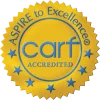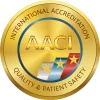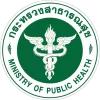Drug classifications are an essential part of modern medicine, helping to ensure that doctors prescribe the correct controlled substances for every situation.
Most physicians prefer prescribing drugs with lower risk when possible, and the drug classification system helps them keep track of where each drug falls on the risk scale.
Let’s take a closer look at the different drug classification systems and how they affect drug users.
What Are Drug Classifications?
Drug classifications allow experts to divide drugs into categories based on different criteria.
These types of drug classifications come in three main forms, namely:
- Drug classifications based on the chemical makeup
- Drug classifications based on the legal definition
- Drug classifications based on effects
Classifying drugs by their chemical makeup is useful since chemically similar drugs often have similar effects. This makes it easier to discern the risk and benefits of any particular group of drugs. People suffering from a substance use disorder are also more likely to abuse chemically similar drugs to the one that they are already addicted to.
Similar to chemical makeup, drugs with similar effects often have similar uses, risks, and even drug detox treatments.
Drug classifications in the form of legal criteria help us keep track of when it’s legal to use controlled substances. In the United States, we have the controlled substances act, which divides the classification of drugs into one of five categories. We’ll take a closer look at each of them below.
Drugs Classified by Legal Definitions
Most countries have a legal act that classifies drug class and the penalty for misusing it. For example, the Drug Enforcement Agency (DEA) uses the controlled substance act.
In Australia, the Federal Standard for the Uniform Scheduling of Medicines and Poisons relies on various state and federal laws.
However, the basic legal drug classifications are similar in most parts of the world. Let’s take a closer look.
Schedule I Drugs
Schedule I drugs are those for which there aren’t any valid medical uses. While some of them may have potential medical uses, the risks of physical dependence and even psychological dependence far outweigh the potential benefits.
Some of the Schedule I drugs include the following:
- Heroin
- LSD
- MDMA (Ecstasy/Molly)
- Marijuana/Cannabis
- Psilocybin (Magic Mushrooms)
As far as drug classifications go, this is one of the most dangerous. A large part of the drug epidemic involves Schedule I drugs.
Schedule II Drugs
Schedule II drugs aren’t as addictive as the first schedule and have some legitimate medical uses. However, they are still highly addictive compared to the other drug classifications and have a high risk of addiction and dependency.
Some Schedule II drug types include the following:
- Oxycodone
- Morphine
- Opium
- Adderall
- Codeine
Schedule III Drugs
Schedule III drugs, while still potentially addictive, have much lower risk potential than Schedule II drugs. While the penalty for misusing them is still severe, it is considerably less than for the first two schedules.
Schedule III drugs are diverse and include the following:
- Anabolic steroids
- Ketamine
- Phendimetrazine
- Hydromorphone
- Benzphetamine (Didrex®)
Schedule IV Drugs
When considering legal drug classifications, Schedule IV drugs are located between Schedule III drugs and Schedule V drugs, both in terms of risk level and the severity of the penalty for misuse.
Schedule IV drugs include the following.
- Alprazolam (Xanax)
- Diazepam (Valium)
- Lorazepam (Ativan)
- Tramadol (Ultram)
- Benzodiazepines
Schedule V Drugs
Schedule V drugs are the least addictive of all the scheduled substances. While the chance of physical dependence is low, it is still possible. Care should be taken when using substances in any of the drug classification classes.
- Cough medicines containing codeine (Up to 200 mg per 100 ml)
- Triafed & Codeine (triprolidine)
- Lomotil Pro (diphenoxylate/atropine)
- Lyrica (pregabalin)
- Phenergan with codeine (promethazine/codeine)
It is essential not to get lulled into a sense of security by drug scheduling. Many different drugs can be addictive, even if they have accepted medical uses.
Patients with mental disorders like psychiatric and sleep conditions may be especially susceptible to dependence and addiction.
Drugs Classified By Chemical Similarities
Drug classifications focused on chemical similarities group drugs based on the chemicals they contain. Since drugs containing the same chemical often have similar effects and addiction to them requires similar treatment, this can be a useful classification system.
Alcohol
Alcohol is a type of depressant that affects the central nervous system (CNS). However, the most significant impacts affect the organs and especially the liver. It is one of the most used and abused depressants in the world. Patients suffering from alcohol addiction may even drink alcohol not intended for consumption.
Barbiturates
Barbiturates decrease the speed of the Central Nervous System because they contain a substance called barbituric acid. They are useful as anesthetics and sedatives, but they have a disproportionately large potential for addiction and overdose.
Opiates
Opiates are derived from opium or synthetic opium replacements. They affect brain function, making them powerful painkillers. However, they also create a potentially addictive high. Opioid addiction is one of the most common forms of drug addiction, thanks to drugs like Oxy and Fentanyl.
Benzodiazepines
Benzodiazepines, or Benzos, are common drugs used to manage sleep disorders and other mental disorders. They’re highly addictive and one of the most abused drugs in terms of drug classifications.
Unfortunately, benzos are also highly harmful to the body when used incorrectly.
Cannabinoids
Cannabinoids are derivatives from plants in the cannabis family and have similar effects to marijuana. While these drugs can induce feelings of elatedness, they impact brain function negatively and have relatively mild addiction potential.
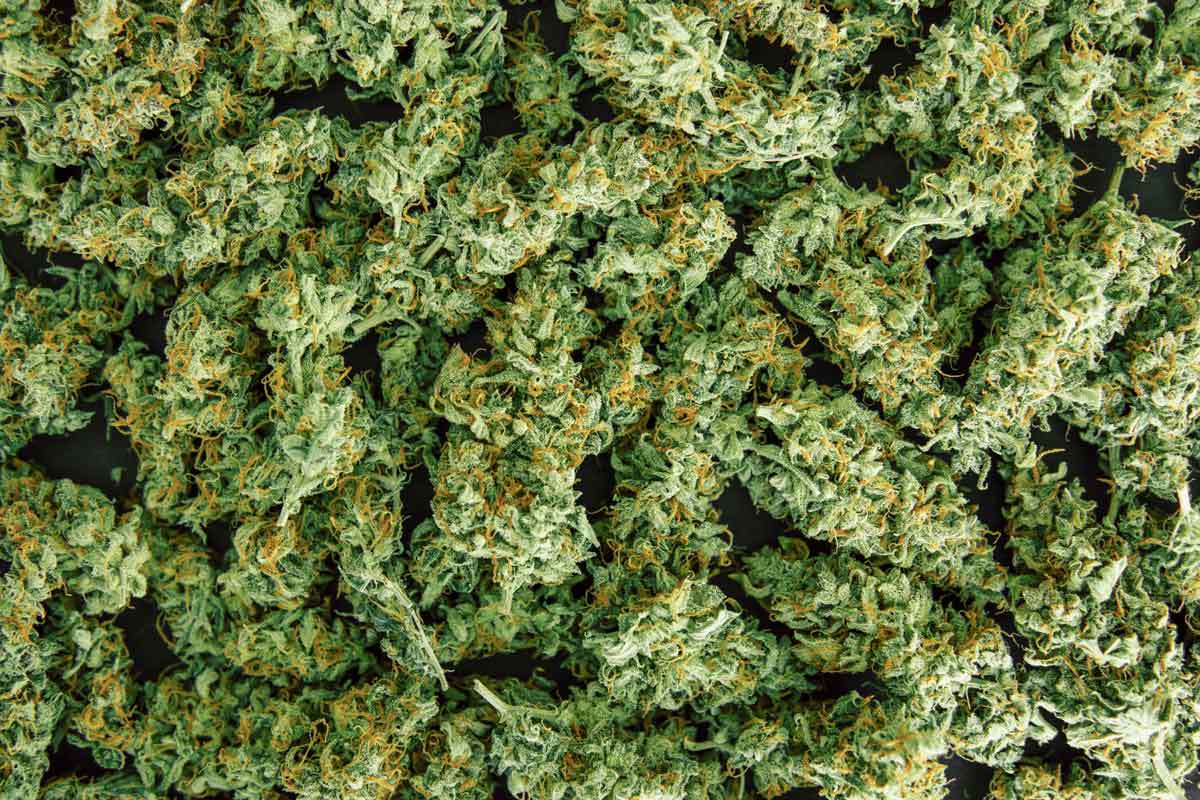
Drugs Classified By Effect
One of the most effective ways to classify drugs is to group them by the same effects. Since people often pursue a specific effect, they may easily swap between drugs in a specific category.
Stimulants
Stimulants are commonly referred to as uppers since they give a boost of energy and focus. While the short-term effects seem positive and can help increase productivity, the long-term effects are incredibly dangerous. Because they give users a rush or buzz of enjoyable sensations, these drugs are highly addictive.
Examples of this drug type include the following:
- Ice (meth)
- Cocaine
- Adderall
- Ecstasy
- Ritalin
Inhalants
The word inhalants refers to any type of drug that the user takes in through inhalation (A process commonly referred to as huffing). While these are not the same drug type as something like narcotic drugs, they can be equally harmful and addictive.
Examples of Inhalants include the following:
- Paint thinner
- Nail polish remover
- Spray paint
- Aerosol deodorants
- Gasoline and other fuels
Hallucinogens
Hallucinogens are a well-known category. They include an array of different drugs that can induce auditory and visual hallucinations. Their ability to alter how the user experiences reality can make them highly addictive.
This type of “tripping,” or escaping from reality, is often what attracts people who suffer from mental illness or who are otherwise unhappy with their lives. Examples of this classification of drugs include the following:
- Shrooms (Psilocybin mushrooms)
- Weed (Marijuana)
- Molly (MDMA)
Depressants
Depressants are a common drug type, often used by people who suffer from anxiety or insomnia. They have a relaxing effect and can help to induce sleep, but they may also cause an increase in serotonin and dopamine.
Because these chemicals can cause short-term happiness, many people start taking these drugs for reasons beyond their intended use. However, it is worth noting that this drug classification group has many useful legitimate uses.
Some of the most common depressants include the following:
- Barbiturates like phenobarbital
- Alcohol
- GHB
- Opiates
- Benzodiazepines
Overcoming Drug Addiction at The Dawn Rehab Thailand
Drug classifications are complex and can take many different forms. But one thing is certain: there is almost always potential for addiction to any group of drugs.
If you find yourself suffering from physical dependence or psychological dependence on any type of drug, you are not alone. Fortunately, addiction is treatable, and the experts at The Dawn Rehab Centre Thailand know exactly how to treat addiction, no matter which Schedule it belongs to.
Located in the beautiful vistas of Northern Thailand, The Dawn Rehab offers a retreat from the stresses of everyday life, allowing you to take the time you need to get well again. Through a mix of personal therapy, group therapy, restorative yoga sessions and relaxing Thai massage you will soon be on the road to long-term recovery.
If you are concerned about going to rehab internationally, rest assured that getting drug rehabilitation outside Australia is a fairly common event.
Treatment Options
Our clinical team has put together a highly effective in-patient program for rehabilitation. It integrates the newest psychotherapy methods with research-backed wellness activities to promote total recovery and teach positive coping skills.
Your treatment plan will depend on the type and severity of your addiction, and other presenting mental health issues. Either way, we’d recommend getting in touch with us as soon as possible.
We can treat your drug addiction in Thailand, no matter which classification of drugs you are addicted to. We’ll be right here waiting to offer you the best care possible and place you firmly on the road to recovery.
Related Posts
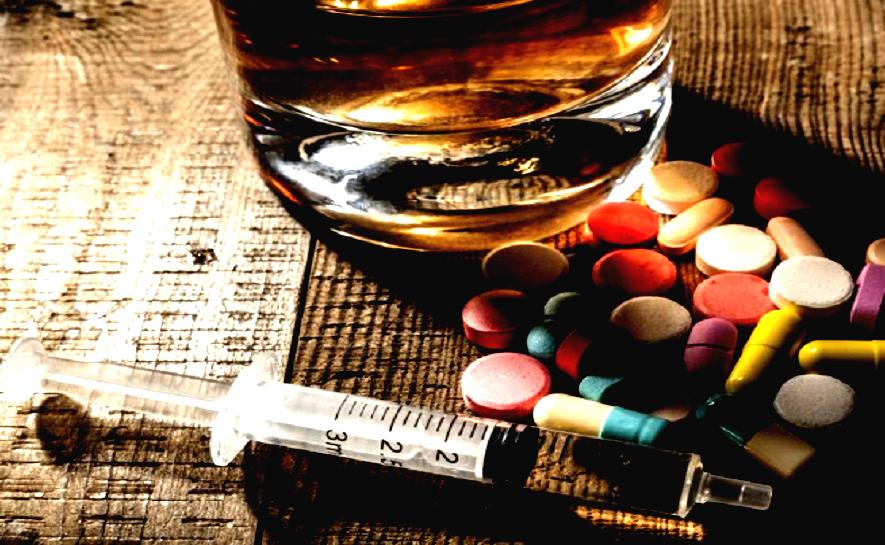 Why Drugs Are Addictive : What Turns a Regular Person into an Addict?
The drugs that harm your body, your relationships and your community have the highest possibility of addiction and abuse. Why are some drugs so irresistible that even people who use...
Why Drugs Are Addictive : What Turns a Regular Person into an Addict?
The drugs that harm your body, your relationships and your community have the highest possibility of addiction and abuse. Why are some drugs so irresistible that even people who use...
 Guide to Addiction & Mental Health in Australia
Australia, as with many other countries, isn’t alone in facing a growing problem with addiction and mental health-related issues. Dealing with this growing crisis and the complexities of addiction and...
Guide to Addiction & Mental Health in Australia
Australia, as with many other countries, isn’t alone in facing a growing problem with addiction and mental health-related issues. Dealing with this growing crisis and the complexities of addiction and...
 A Comprehensive Guide to Understanding High-Functioning Alcoholics
Alcohol addiction can be misleading. Some people drink excessively but do not appear to be an alcoholic because they are responsible and take care of their duties at work and at...
A Comprehensive Guide to Understanding High-Functioning Alcoholics
Alcohol addiction can be misleading. Some people drink excessively but do not appear to be an alcoholic because they are responsible and take care of their duties at work and at...
 Can Connection Really be the Cure for Addiction?
Johann Hari’s NY Times bestseller about the causes of addiction and depression brings a lot to the table. So did his TED talk in 2015 at the TED Global conference...
Can Connection Really be the Cure for Addiction?
Johann Hari’s NY Times bestseller about the causes of addiction and depression brings a lot to the table. So did his TED talk in 2015 at the TED Global conference...




